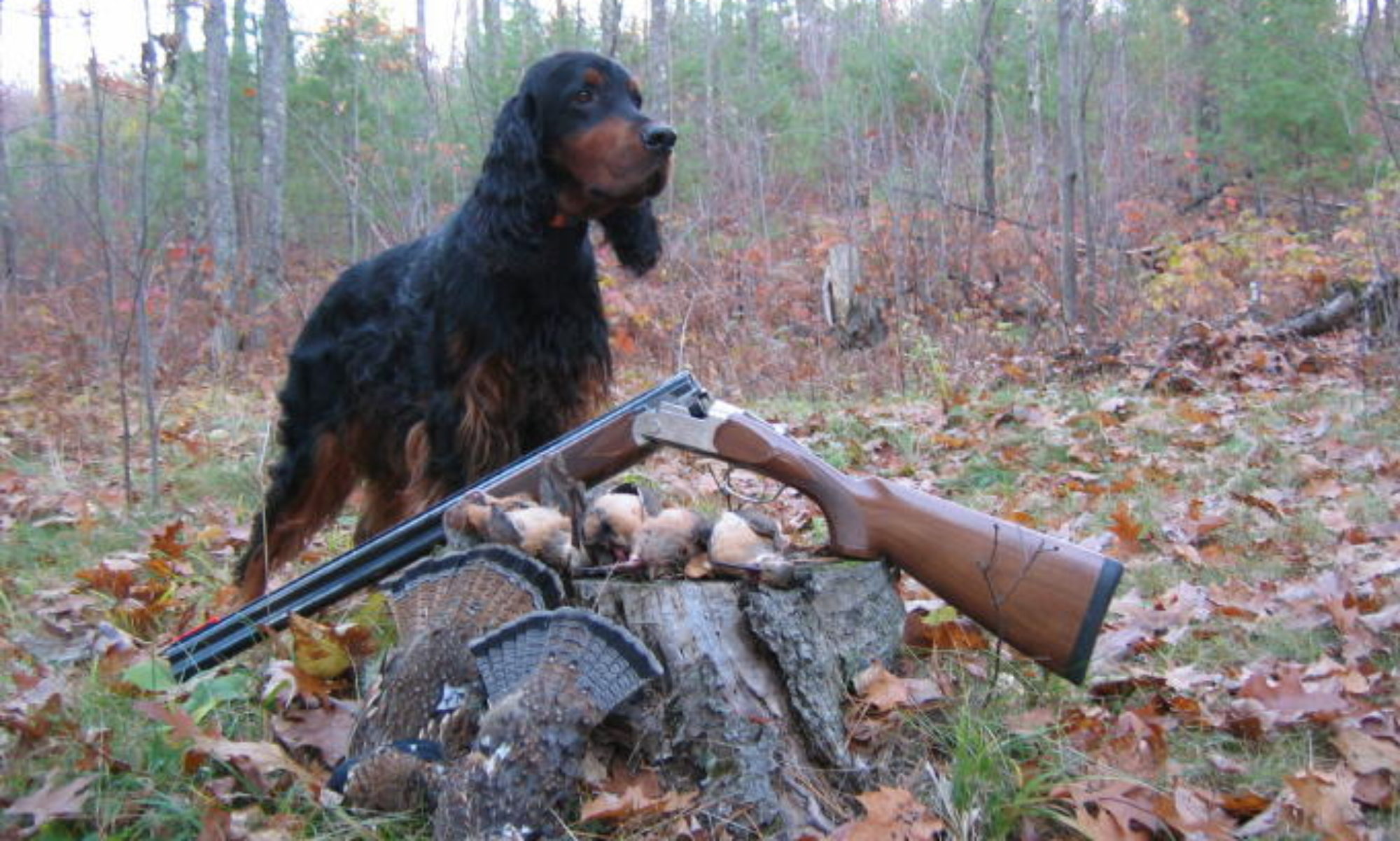Northern White Rhino (NWR) are walking dead. The last living male died in March 2018. Two females remain in captivity, neither sufficiently healthy to carry a full term pregnancy. If the species is to be saved it will be at the hand of science. While science thrives in the hearts of brilliant and dedicated people, it takes money to apply it and make it work, a lot of money. In the case of the NWR too little money was spent protecting them from the ravages of illegal poaching and habitat loss. In the 1960’s they had dwindled to a population of 2000 but assuredly they would be saved. The world relied on inept or corrupt governments and far to too few dedicated, but underfunded conservationists. It didn’t work. Their return is far from certain, even unlikely, requiring science to go where it has never gone before. We as sportsman and conservationist are not exempt from blame. We could have done more. What happens on the Dark Continent reaches around the world. Get used to it.
And so we speculate if West Nile Virus (WNV) might impact Ruffed Grouse populations. We debate if shortening the season will help while blathering on about insufficient data and discussing traditional factors such as of loss of habitat (real), uncontrolled predators (real), turkeys (probably but who knows), weather (sometimes) and the list goes on. Some suggest it hasn’t been found in enough wild grouse, advocating delays in taking action. Meanwhile for those paying attention, WNV has been killing corvids and raptors across the region for over fifteen years. Raptors and scavenging birds become infected from mosquitoes or by consuming infected birds. Think hard about this next part; how are those mosquitoes becoming infected and what birds are those raptors eating? Shouldn’t a reduction in raptors benefit grouse populations?
The reason there’s so little information on WNV in WI and MN in Ruffed Grouse is simple, nobody was really looking. The susceptibility of Ruffed Grouse to WNV was clearly established more than a decade ago. It’s unreasonable to conclude anything other than Ruffed Grouse populations are being affected. The full effect on wild Ruffed Grouse populations will take time to sort out. It took several decades to explain Ruffed Grouse population cycles and the wave from West to East, and still not everybody agrees. Don’t expect fast, black and white answers on WNV. However it is an immutable fact that West Nile Virus is here and mortality is likely 100% in infected birds. In the interest of science and logic, killing fewer late season Grouse when populations are low makes sense. Is it enough to make a difference in the face of everything else? Nobody knows. It’s better to error on the side of conservation than continue with the same policies that have led to the current situation.
We need sportsman and conservationist to support on faith for now, reasonable management changes. They need to come together to donate time, raise money, and support research that seeks answers, develop sound management plans and habitat initiatives. Too many will sit on the side, second guessing biologists and game managers, complain, bring in politics, or just passively trust others to manage the problem. Like the Northern White Rhino, actions today can set the trajectory for the next 50 years.
